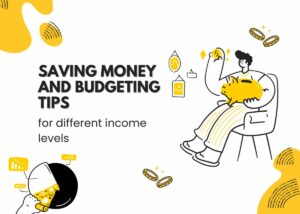The Super Bowl halftime show is a spectacle unlike any other. It’s a dazzling display of music, dance, and pyrotechnics that captivates millions of viewers worldwide.
Table of Contents
But while the performers bask in the spotlight, one question remains: How much do Super Bowl halftime performers actually get paid?
The Surprising Truth: They don’t.
That’s right, despite the massive viewership and millions of dollars poured into the production, Super Bowl halftime performers receive no direct payment from the NFL. This might seem shocking, but there are several reasons behind this unique arrangement.
Why No Paycheck?
- Exposure is the prize: The Super Bowl is the most-watched television event in the United States, drawing in over 100 million viewers. This exposure can be invaluable for performers, boosting album sales, concert tickets, and overall brand recognition. Studies suggest that the halftime show can generate millions of dollars in additional revenue for the performer.
- Production costs are covered: The NFL covers all the production costs associated with the halftime show, which can range from millions to tens of millions of dollars. This includes staging, lighting, sound, special effects, and guest appearances.
- Union rules: Performers are typically compensated according to union scale, which in the case of the Super Bowl falls within the Screen Actors Guild-American Federation of Television and Radio Artists (SAG-AFTRA) contract. This translates to a minimal daily rate, often around $1,000.
Beyond the Paycheck: The Hidden Benefits
While there’s no direct financial compensation, the Super Bowl halftime show offers several significant indirect benefits:
- Career boost: Performing at the Super Bowl can be a career-defining moment, propelling artists to superstardom. The exposure and recognition gained can lead to lucrative endorsement deals, touring opportunities, and increased popularity.
- Creative freedom: Unlike traditional concerts, artists have more creative control over the halftime show. They can collaborate with top choreographers, designers, and directors to create a unique and memorable performance.
- Philanthropic opportunities: Many artists use the platform to raise awareness for important causes or charities, further enhancing their image and connecting with fans on a deeper level.
Recent Examples and the Future
Despite the lack of direct payment, the Super Bowl halftime show remains highly coveted by artists. Recent performers like The Weeknd, Shakira and Jennifer Lopez, and Beyoncé have all graced the stage, showcasing their talents to a global audience. Some have even offered to contribute to the production costs themselves, highlighting the value they place on the experience.
Looking ahead, it’s unlikely the NFL will change its policy of not directly paying performers. However, the show’s production value and cultural impact are likely to continue increasing, making it an even more desirable platform for artists.
Key Takeaways
- Super Bowl halftime performers don’t receive direct payment from the NFL.
- The exposure and career boost are considered priceless benefits.
- Production costs are covered by the NFL, and union rules dictate minimal daily pay.
- Artists benefit from increased popularity, creative freedom, and philanthropic opportunities.
- The Super Bowl halftime show remains a coveted platform for musicians and entertainers.
Additional Notes
- This article focuses on the US Super Bowl halftime show. Other sporting events with similar halftime performances may have different compensation structures.
- The value of the exposure and career boost can be difficult to quantify and can vary greatly depending on the artist’s career stage and genre.
Also Read:







